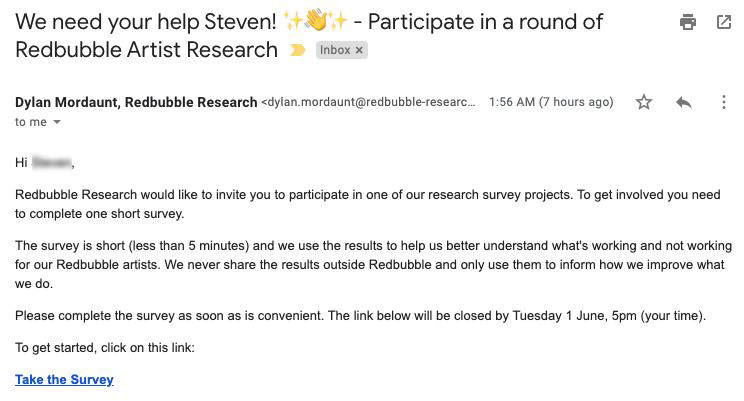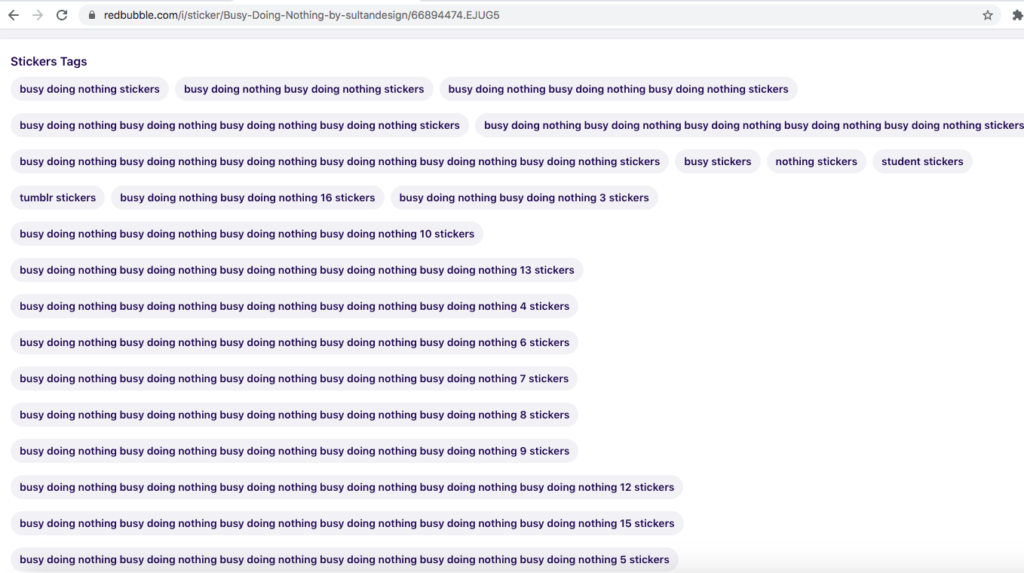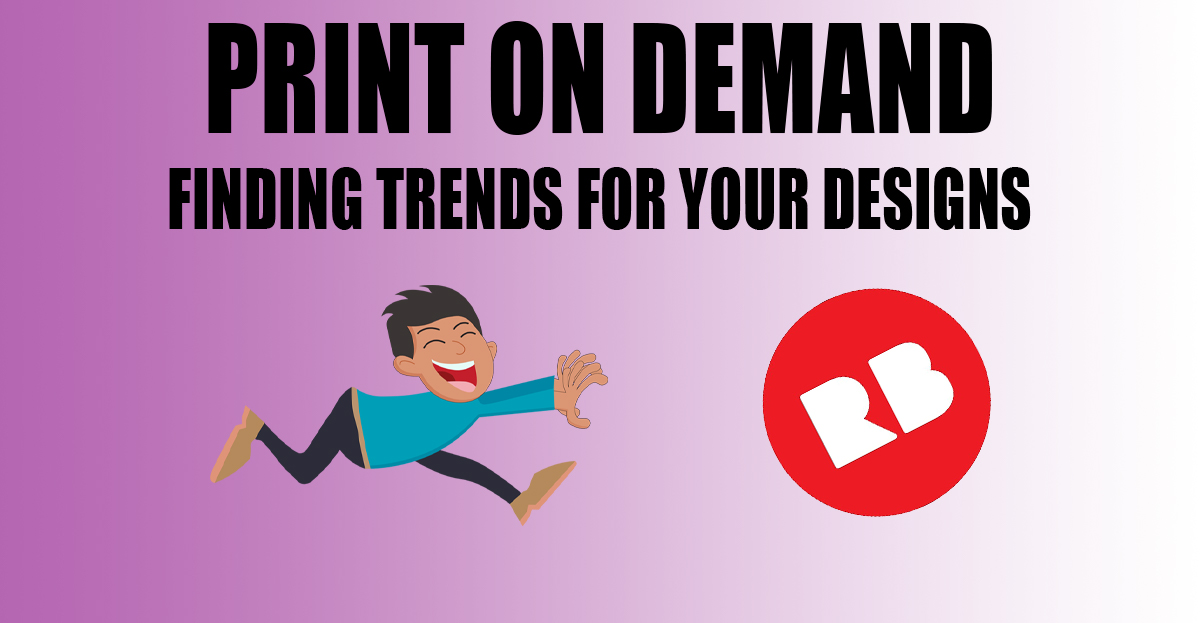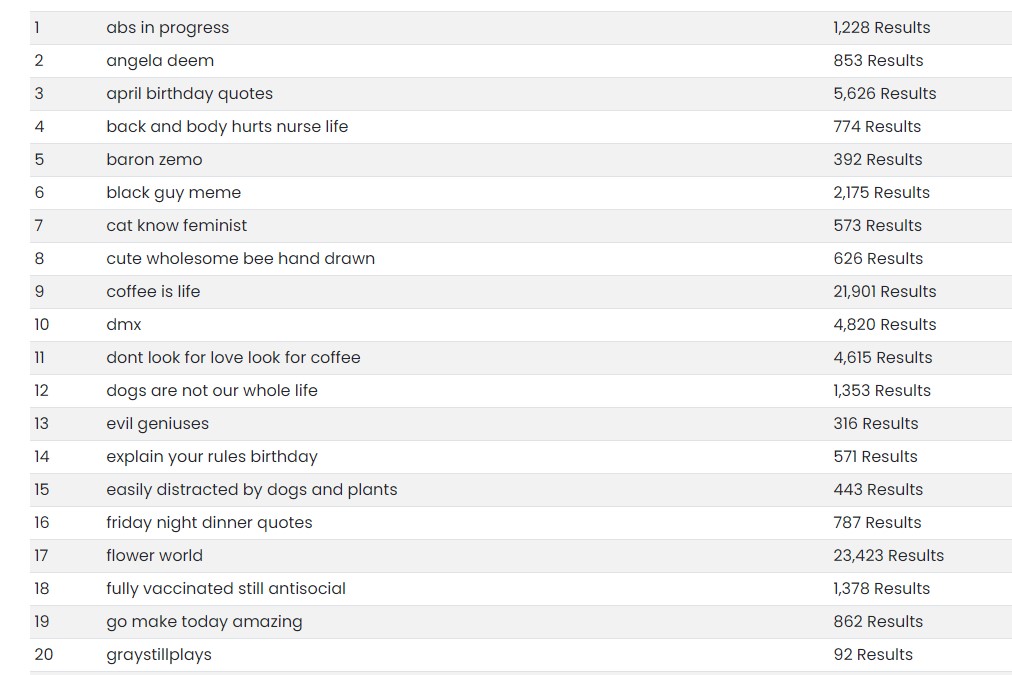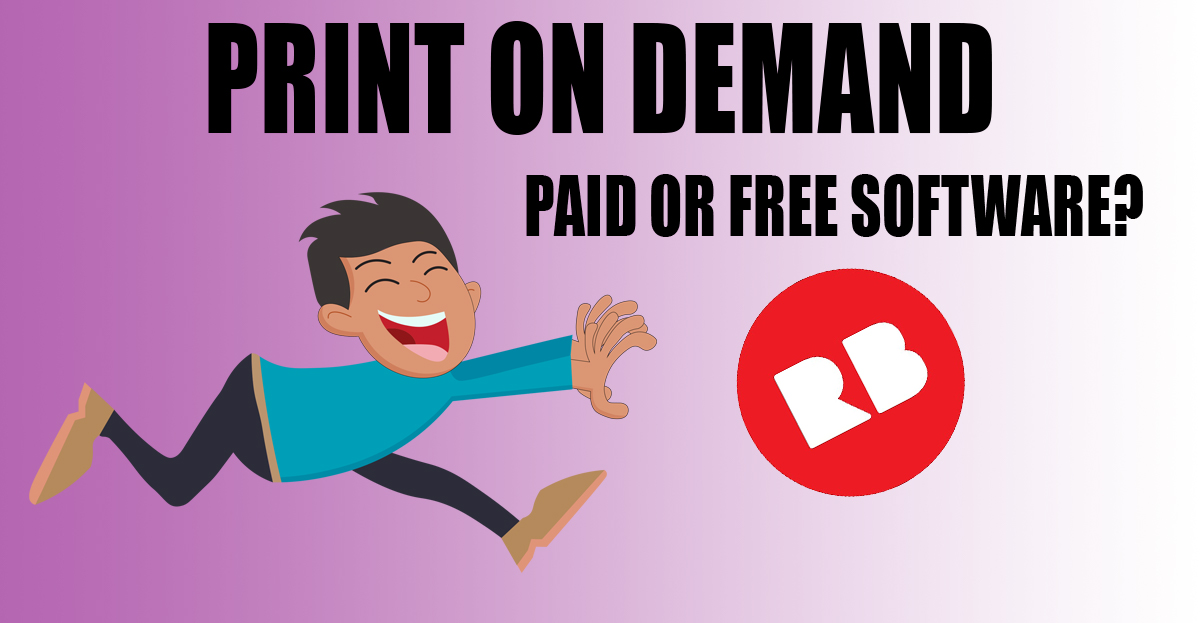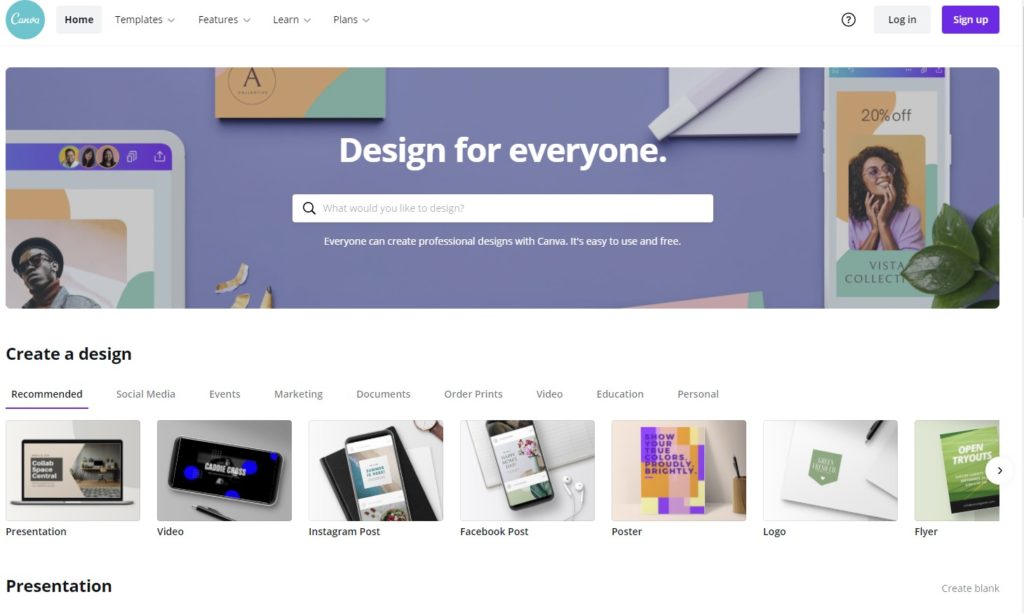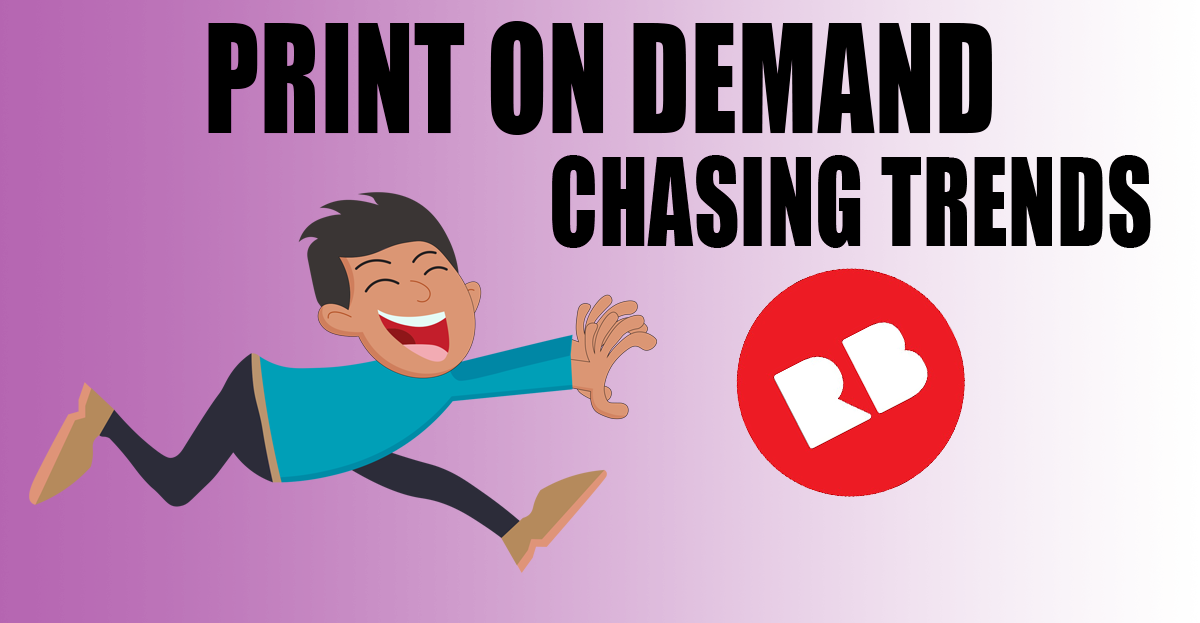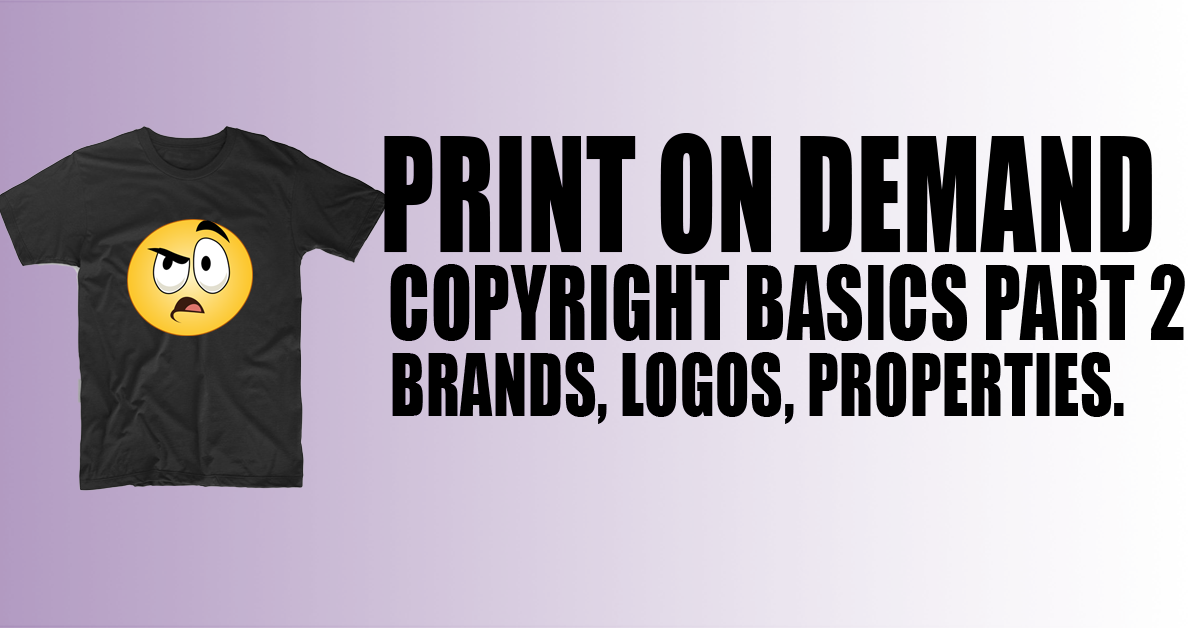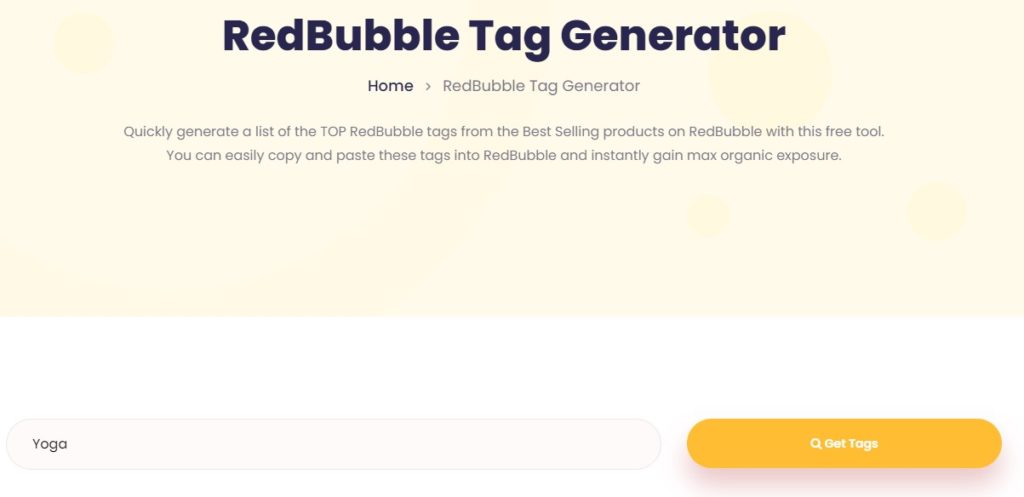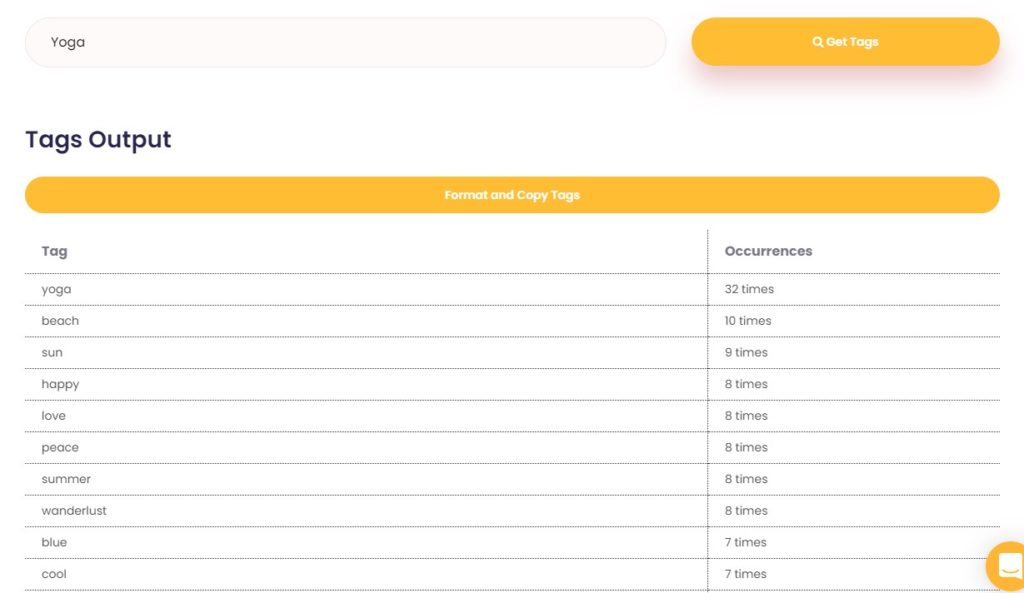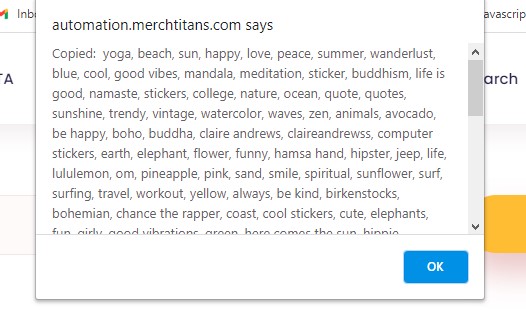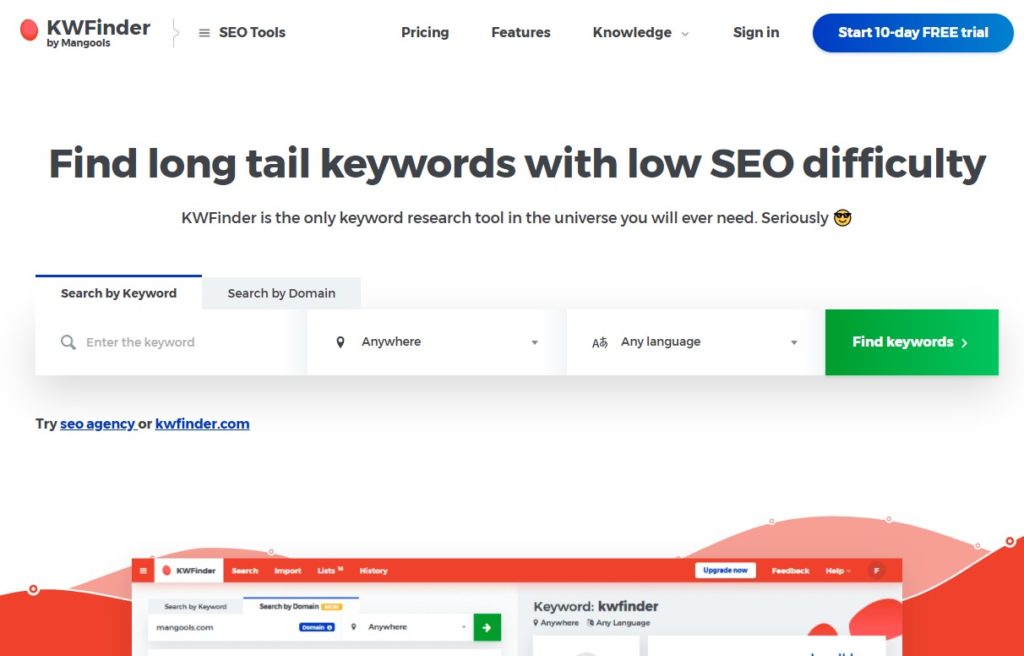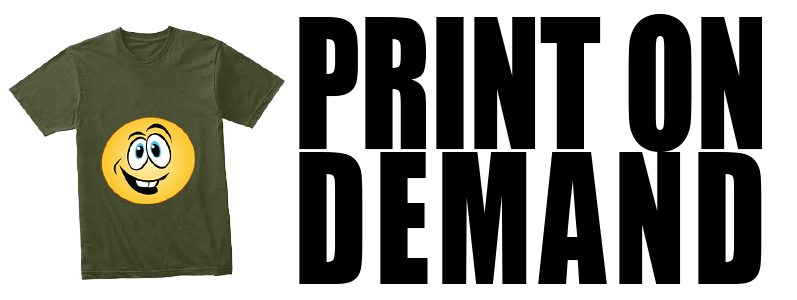
It has been a while since we reported on the review process at Redbubble. If you are like me, you add a lot of new designs to your shop every day. Eventually, no matter how careful you are with trademark and copyright searches, the Redbubble algorithm is going to tag your design for review. This morning, during my regular upload session, one of my designs triggered the review process and I thought I would let you all know how things are going today compared to a few months ago. After you upload, your design the review process starts with this email:
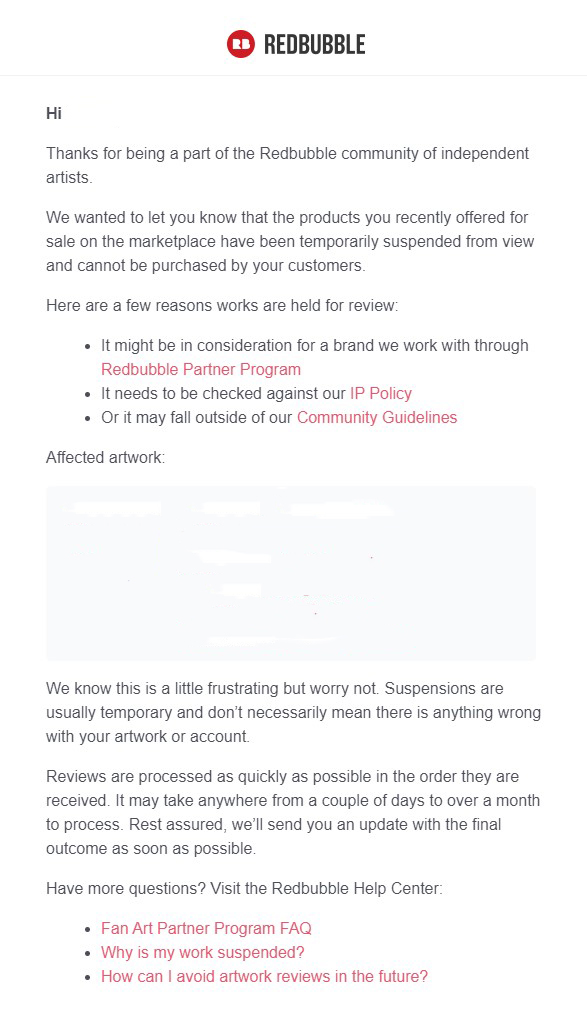
Busted!
There is nothing in print on demand that makes your heart race more than getting the under review email. Your mind starts to race, you think about the keywords you used and then immediately head back to the trademark and copyright websites to double check your design and wording (you are checking your designs before you upload them….right?). Read the email, one of the things it tells you is not to panic. The under review process can be triggered by images, descriptions or keywords.
Art
At this point, if you have created your art or sourced it from a known safe site like Canva, and checked your wording for copyright then you are likely fine on this part of the process. If you are using copyrighted images like Disney characters, Videogame characters, Company Logos or Celebrity names, then you might be in a bit of hot water. You can’t use any of these things without eventually getting caught by Redbubble or the organization that owns the copyright to the work you stole. If you made a shirt with a Baby Yoda Riding a Nike swoosh, then likely Redbubble will not only delete your design, but put a black mark against your account. Enough black marks and they will suspend your account for violating their IP (Intellectual Property) terms. The number of infractions before they suspend your account can vary depending on the severity of the infraction.
Words Matter
If your art is all good, then take a look at the wording of your design. Check each part of the phrase in a legitimate trademark search tool. like the United States Patent and Trademark Office https://www.uspto.gov/trademarks
If your art and your text is free of copyright infringement as far as you can tell, then we need to move on to the last potential issue: keywords.
What about your keywords?
Words are trademarked just like images. For example, words Nike, Star Wars, Nintendo, Batman, Zelda etc. are all copyrighted and cannot be used in a design without licensing or permission from the trademark holder. This means that if you draw a character that somewhat resembles Baby Yoda, then upload the design using keywords like Star Wars, Yoda or Mandalorian , you will get dinged. This is a top level infraction too because you made something that looked like Yoda then used official copyrighted words to try and game the system. This shows that you knew what you were doing was wrong and tried to subvert the process. I have seen accounts banned for one to two of this sort of offense.
All good
If your art, text and keywords are all safe as far as you can tell, then it likely means that something in your design triggered the review process and they will likely get back to you soon letting you know that your product is ready to sell.

My design
My design that went under review this morning was cleared for sale exactly one hour after the preview process was triggered. I panicked, I double checked, I sweated, but in the end everything turned out just fine. It has been a few months since a design of mine went under review, and I am happy to say that at least for me as of today, their process was reduced from nearly a week to just an hour.
Contested
If your product gets reviewed and they make the decision to suspend the design you can send Redbubble a nicely worded response to the email they will send you and they might give you more information about your infraction. Unfortunately, most times they do not give you additional information, and you tend to be stuck wondering what you did wrong.
The last time I had a design go under review, it was for a keyword that was starting to become politically heated i social media. They decided apparently to not allow designs with that particular keyword, and removed it from my listing when they reinstated the design for sale. Not a big deal and I had to do all the research to figure out why that one word was removed. It made sense afterward, but at the time I was left wondering what happened.
What about you?
What about your experience? I’d love to her if you have had designs that went under review and if they were reinstated and how long it took. I’m also interested to hear about the number of infractions it took for your account to be banned if they got you.
Remember, I can’t monetize this content because of the trademarked names I use in my content, so please help out by sharing these articles to your favorite print on demand forum and spread the word about our site.
Now get out there and make the next firal shirt!

